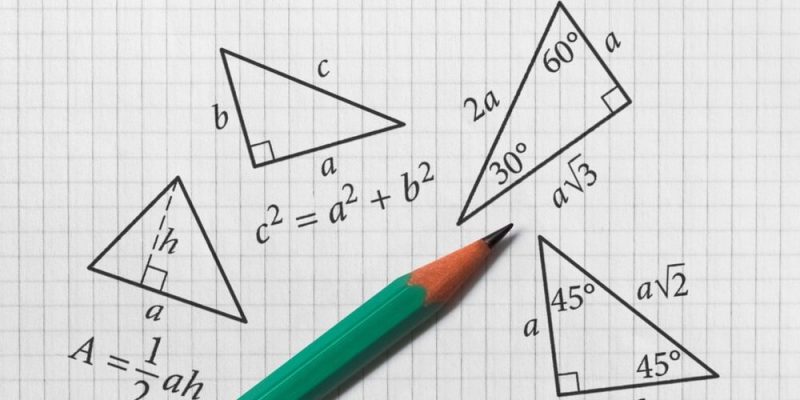We explain what something two-dimensional is, the origin of the term and various examples. Also, how it is used in art and design.

What is something two-dimensional?
The term two-dimensional (from the Latin bi-, “two”, and dimension“measurement” or “extension”) means, according to the Dictionary of the Royal Spanish Academy, “having two dimensions”, that is, lacking depth (the so-called “third dimension”), and It has only two verifiable dimensions: length (length) and width (width).
Two-dimensional objects and figures are possible representations in a flat spacethat is, non-dimensional, and examples of this are polygons, simple geometric figures, lines or points. For example, Cartesian coordinate systems (called Cartesian planes) of axis x and axis and They are forms of two-dimensional mathematical representation; but if a third dimension is incorporated (the axis z), become three-dimensional.
In terms of art and design, we speak of two-dimensionality when figures or images they don't evoke any kind of depththat is, they do not generate the illusion of three dimensions, but are completely flat. Such is the case, for example, of many of the works of Cubism, such as those of the Spanish Pablo Picaso (1881-1973).
Continue with: Analytical geometry
References
- “Two-dimensional” on Wikipedia.
- “Bidimensional” in the Dictionary of the language of the Royal Spanish Academy.
- “Two-dimensional” in Portal de Arte (Chile).
- “Two-dimensional figures” (video) at Logos Academy.





